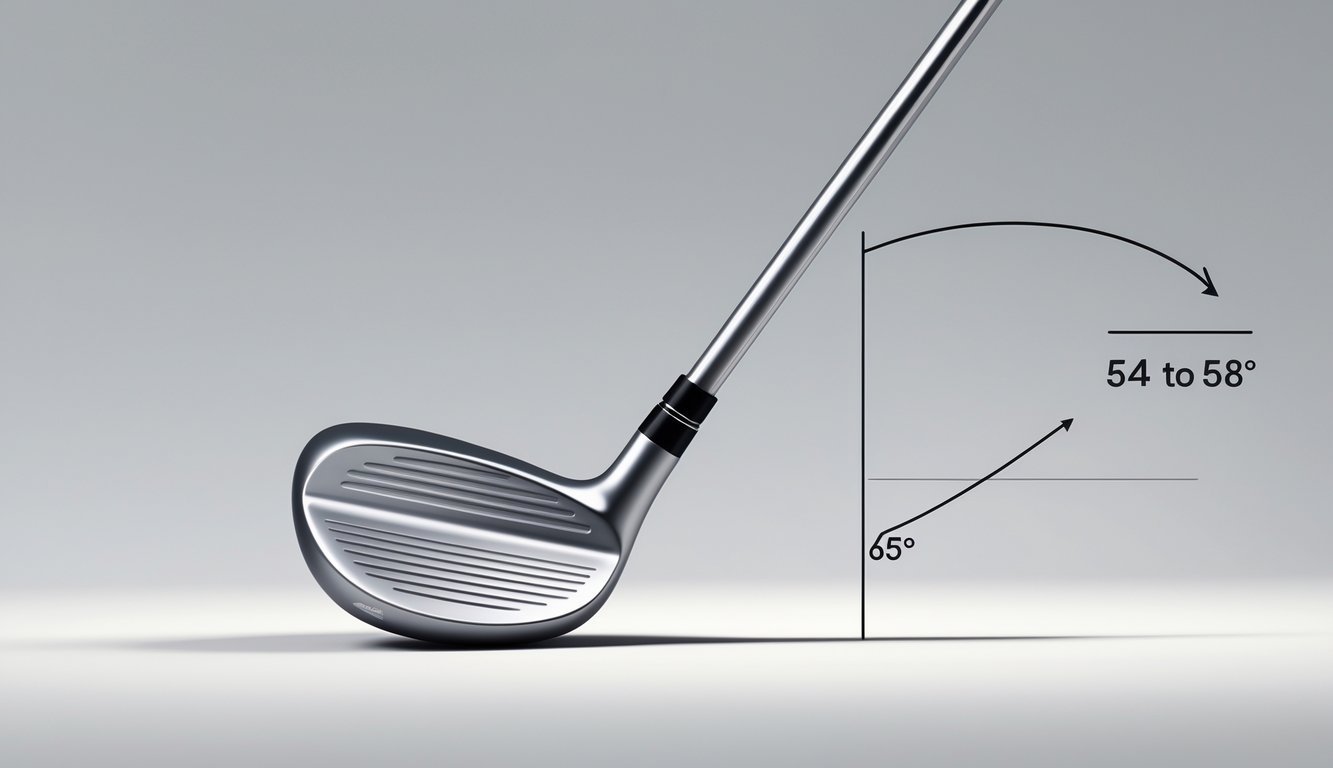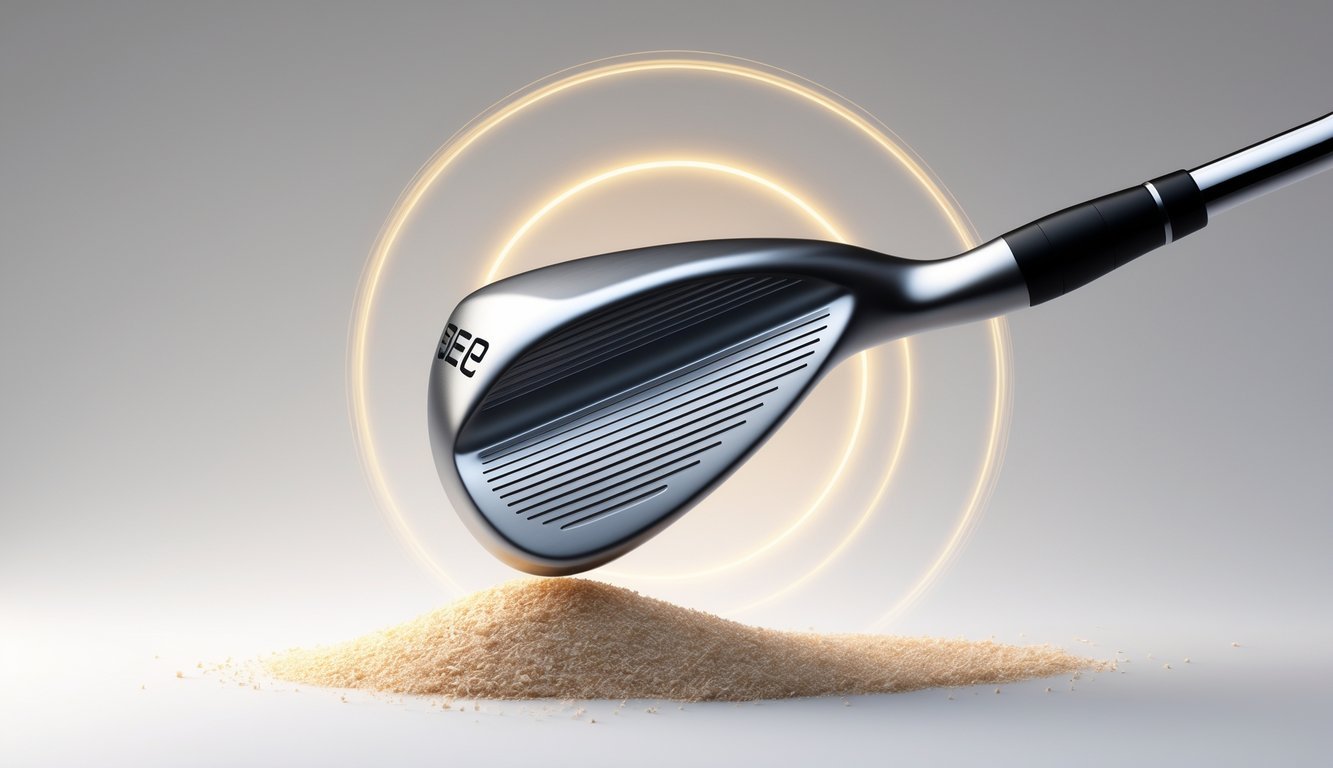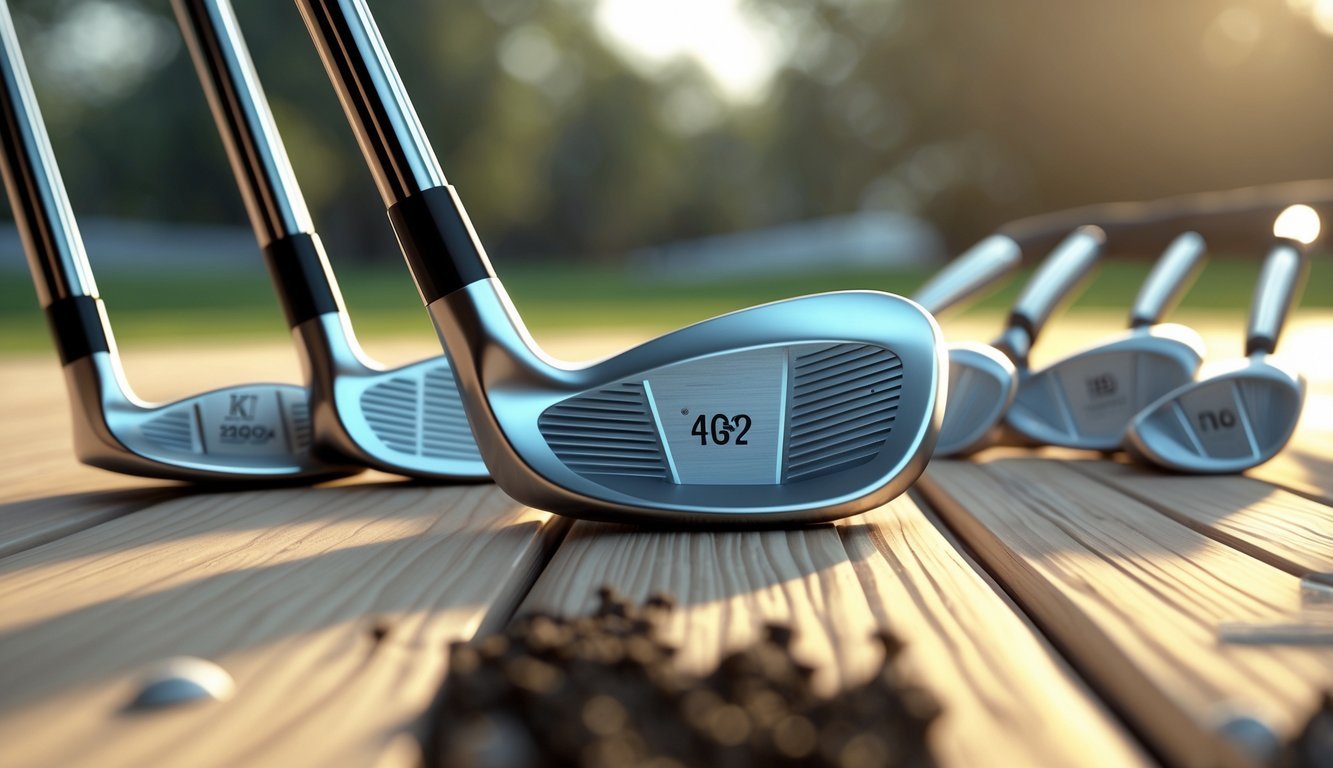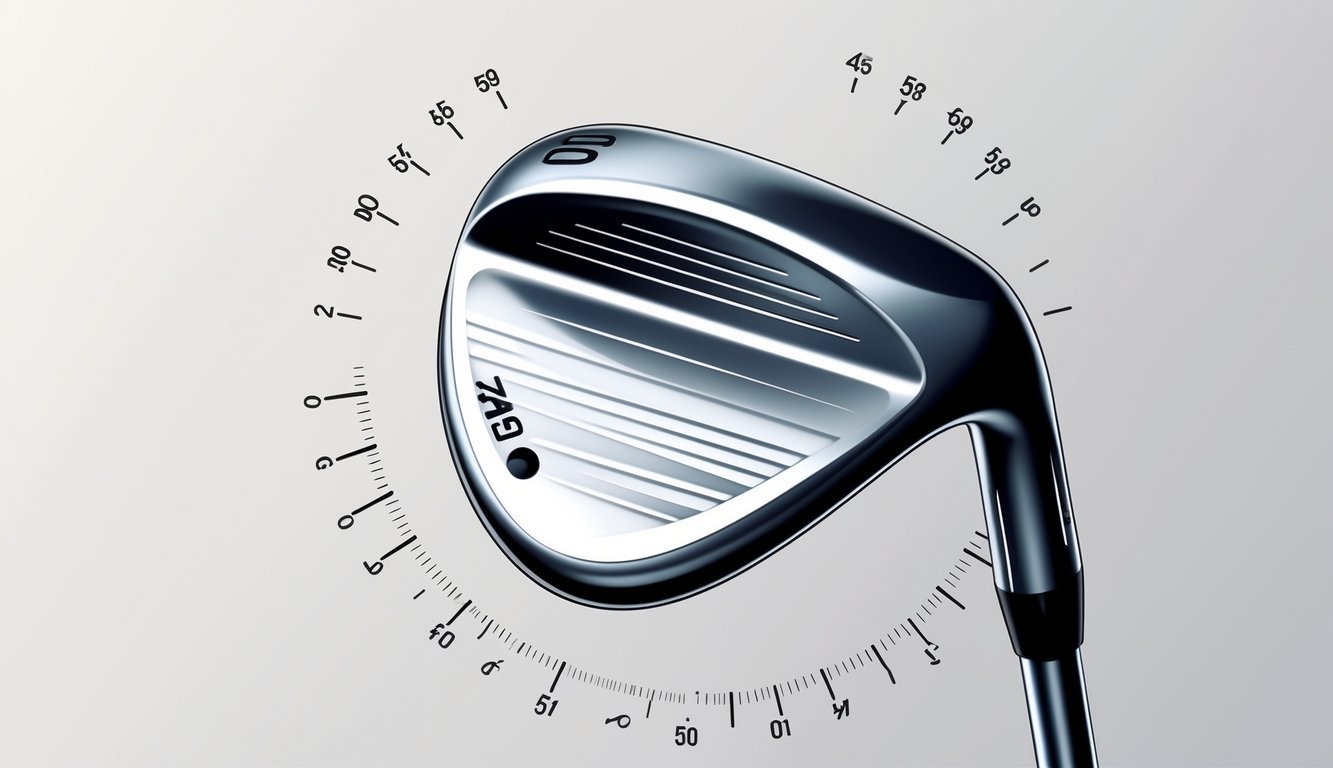PsychNewsDaily Publishers
100 Summit Drive
Burlington, MA, 01803
Telephone: (320) 349-2484
PsychNewsDaily Publishers
100 Summit Drive
Burlington, MA, 01803
Telephone: (320) 349-2484
Sand wedges typically have a loft between 54 and 58 degrees, aiding in high, controlled shots from bunkers and ensuring better short game performance.

If you play golf, you probably realize wedges matter a lot for short shots. But what degree is a sand wedge, anyway?
A sand wedge usually sits between 54 and 56 degrees of loft, and honestly, 56 degrees pops up most often. That loft helps you escape bunkers and hit approach shots with just the right blend of height and control.
When you know your sand wedge’s loft, you can grab the right club for all sorts of situations. Since brands offer different degrees, you can pick one that matches your style or the distances you face most.
If you get this right, you’ll probably start making better shots and, hopefully, lower your scores.

Knowing your sand wedge’s loft makes it easier to pick the right club for bunker shots or those tricky short approaches. Loft affects how high your ball goes, how much spin you get, and the distance you cover.
If you compare sand wedges to other wedges, you’ll get a better sense of which one helps your short game the most.
Sand wedges usually land between 54 and 58 degrees of loft. That’s higher than most other wedges, so you get the height you need to escape sand traps or soft lies.
The exact loft depends on the brand or model. Some sand wedges lean closer to 54 degrees, while others push up to 56 or even 58. If you spot a wedge labeled “S,” it’s probably in this range.
This loft makes the sand wedge one of the highest-lofted clubs in your bag, giving you more height and control near the green.
Loft changes your ball flight and spin. With a sand wedge, you’ll see your ball launch higher and spin more.
That extra backspin helps the ball stop fast on the green. Higher loft also means you won’t hit as far as you would with lower-lofted wedges.
Most folks hit their sand wedge about 70 to 100 yards, depending on swing and conditions. The angled face and bounce help you get under the ball and lift it out of bunkers.
A sand wedge fits right between the gap wedge and the lob wedge for loft. Gap wedges usually have lofts around 50-54 degrees, so they’re lower than sand wedges.
Lob wedges go higher, usually 58-62 degrees. In terms of distance, sand wedges cover shots that are shorter than what you’d use a gap wedge for, but longer than lob wedge shots.
They’re super versatile for all sorts of short game shots, from bunkers to chips. Pitching wedges have even lower lofts—think 44-48 degrees—so they’re not as useful for bunkers but work for longer approaches.
| Wedge Type | Loft Range (Degrees) | Typical Use |
|---|---|---|
| Pitching Wedge | 44 – 48 | Longer approach shots |
| Gap Wedge | 50 – 54 | Filling yardage gaps |
| Sand Wedge | 54 – 58 | Bunker shots, short chips |
| Lob Wedge | 58 – 62 | High, short shots with spin |
Understanding these lofts makes it easier to grab the right wedge for every shot.

When you pick a sand wedge, you’ll want to think about how the club’s design helps you handle different lies and shots. Loft, bounce, and sole design all play a part in how the club moves through sand, turf, or rough.
If you match these features to your skill and the course, you’ll see your shots near the green get a lot better.
Bounce is the angle between the leading edge and the lowest part of the sole. It helps the club glide through sand or turf instead of digging in.
If you play in thick sand or deep rough, go for higher bounce (10-14 degrees). If your course has tight lies or firm turf, lower bounce (4-8 degrees) works better.
Sole design matters too. Some wedges come with different grinds, which shape the sole to fit your swing and course conditions.
A wider sole with more bounce can keep the club from digging—handy if you want more forgiveness. Brands like Cleveland and Callaway offer wedges with all sorts of grinds so you can fine-tune your bunker and rough shots.
Most sand wedges fall between 54 and 58 degrees. Loft affects how high and far your shots go.
If you want higher, softer shots near the green, you’ll probably like a 56-degree wedge—it’s a classic for a reason.
If you want a little more control or spin, maybe a 54-degree wedge fits better for full swings or longer bunker shots. Some players with a shorter swing or who focus on accuracy might find a 58-degree club gives them more stopping power.
Shaft length and weight matter too. Shorter clubs help with precision, and lighter, well-balanced wedges can make those delicate shots feel easier.
Course conditions really change how your wedge performs. If you play on courses with soft sand or thick rough, pick a wedge with more bounce and a wider sole so you don’t dig in.
On firm courses or tight lies, a wedge with lower bounce and a sharper leading edge gives you better contact and control. Think about what kind of obstacles you face—like deep bunkers or weird turf.
Some wedges have a center of gravity that helps you launch the ball quickly without losing control. If you’re not sure, a good club fitter can help match your wedge setup to the courses you play.
Try practicing with different lofts and grinds on the surfaces you usually play. You’ll figure out pretty quickly which clubs fit your swing and your local conditions.

You’ll find sand wedges with lofts that help you get out of bunkers and tough spots. Each wedge has a different loft, and that changes your distance and height.
Most sand wedges have a loft between 54 and 56 degrees. This lets you lift the ball easily from sand or rough.
Pitching wedges usually have a loft around 46 degrees, which is lower than a sand wedge. That means you’ll hit the ball farther and with a lower flight.
A 56-degree wedge usually plays the role of a sand wedge. It’s great for soft, high shots that stop quickly on the green, especially from bunkers or rough.
A 60-degree lob wedge is for short, high shots. You can use it to get the ball over obstacles or land it softly on the green.
Gap wedges usually sit between 50 and 54 degrees. They fill the distance gap between your pitching wedge and sand wedge.
An approach wedge usually comes with a loft between 50 and 54 degrees. Golfers use it when they want to hit precise shots from just outside the green.